You are here
Back to topMalaysian Jackfruit Gain China Market Access
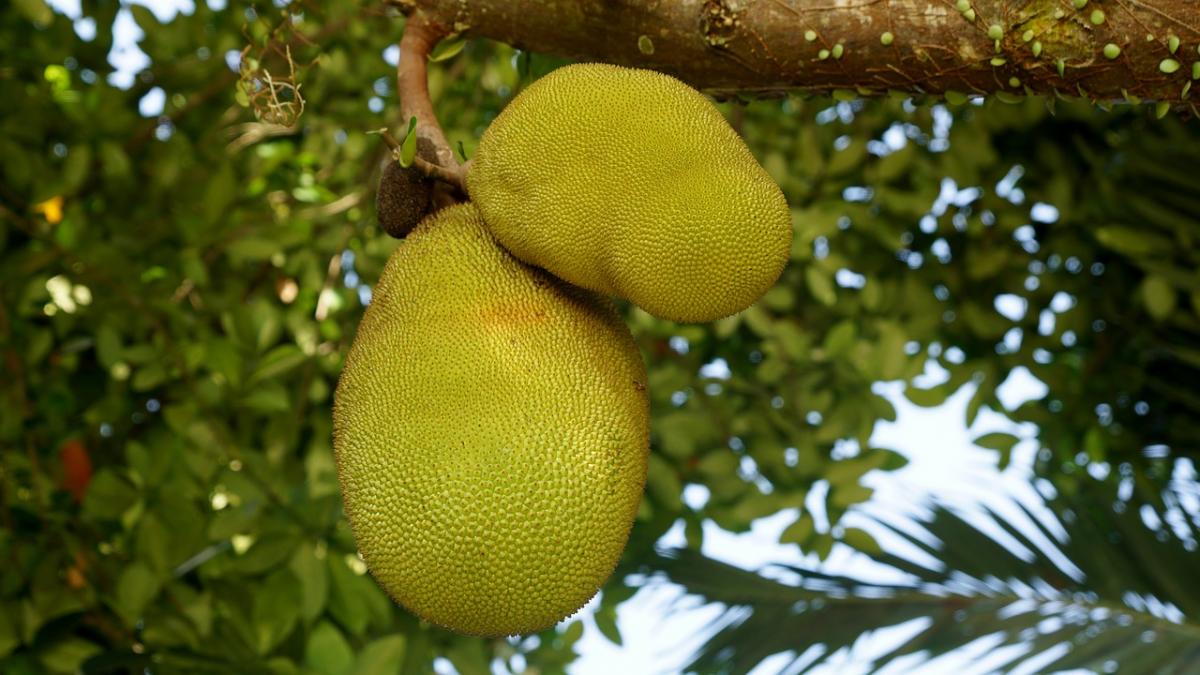
On April 11, China’s General Administration of Customs announced via its website that fresh jackfruit from Malaysia meeting the stipulated phytosanitary requirements would be permissible for import into China.
Malaysia’s Ministry of Agriculture and Food Security stated at the beginning of 2023 that it would focus this year on promoting fruit exports to key overseas markets such as China. With access to the Chinese market now secured, Malaysia has become the third country approved to export jackfruit to China, after Thailand and Vietnam.
According to the GACC announcement, the list of quarantine pests of concern includes seven species of insects and two types of fungi, namely, carambola fruit flies (Bactrocera carambolae), breadfruit fruit flies (Bactrocera umbrosa), jackfruit borer moths (Glyphodes caesalis), gray pineapple mealybugs (Dysmicoccus neobrevipes), latania scales (Hemiberlesia lataniae), mango shield scales (Milviscutulus mangiferae), passionvine mealybugs (Planococcus minor), jackfruit rhizopus fruit rot (Rhizopus artocarpi) and Pythium root and stem rot (Pythium splendens).
The phytosanitary protocol stipulates that orchards intending to export fresh jackfruit to China must establish a traceability system and adhere to good agricultural practices and integrated pest management techniques. Processing operations from sorting all the way to shipping conducted by the packaging plants must be overseen by the MAFS or its authorized agents.
Prior to export, MAFS or its authorized agents are required to take random samples of 2% of jackfruit bound for China to check for the presence of pests of concern. The detection of contaminated jackfruit will result in rejection of the entire shipment by China. If China Customs finds any unqualified fruit upon arrival, it has the right to return, destroy or disinfect them.
Major Malaysian fruit items include durians, pineapples, bananas and watermelons, while the output of papayas, jackfruit, carambolas, mangosteens and guavas is relatively small. In 2019, the country produced 31,300 metric tons of jackfruit, with Pahang, Negeri Sembilan and Johor as the main producing states.
According to industry insiders, compared with Thai and Vietnamese jackfruit, the Malaysian product has no clear advantages in terms of either variety or taste. In addition, Malaysia also lags behind Thailand and Vietnam in terms of plantation scale, input costs and transit time, and the combination of these factors is likely to make it challenging for Malaysian durians to fetch high prices on the Chinese market.
Image: Pixabay
This article was translated from Chinese. Read the original article.



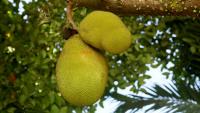
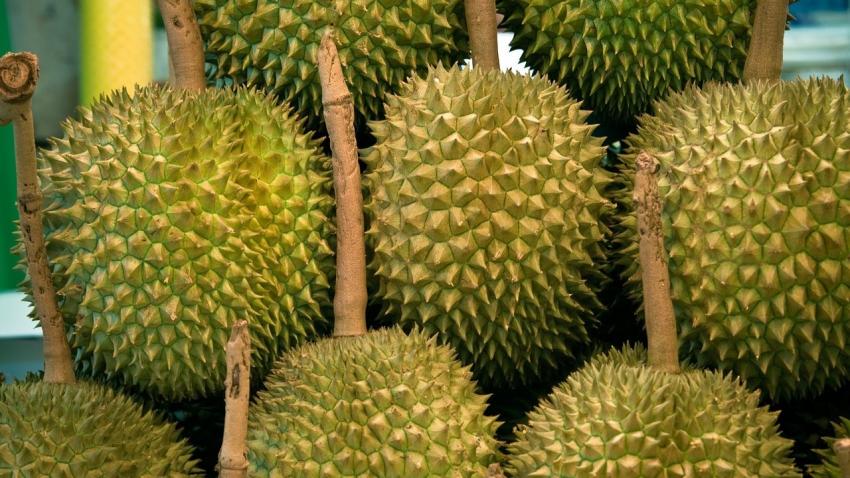
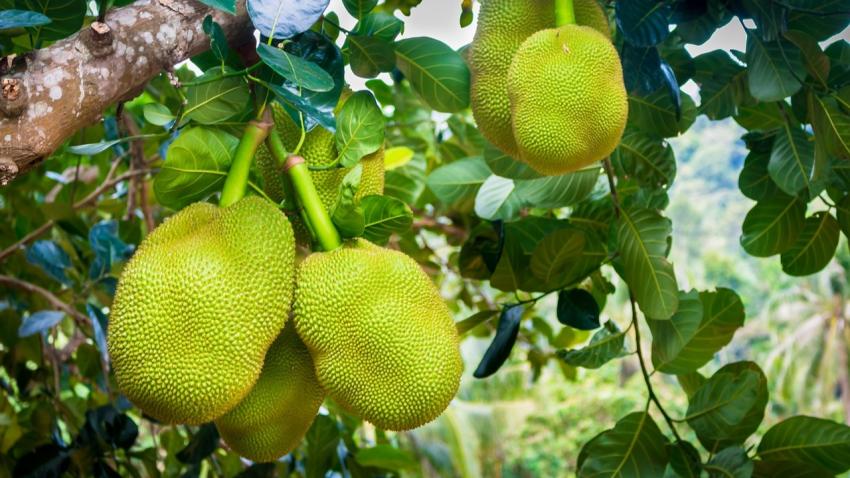
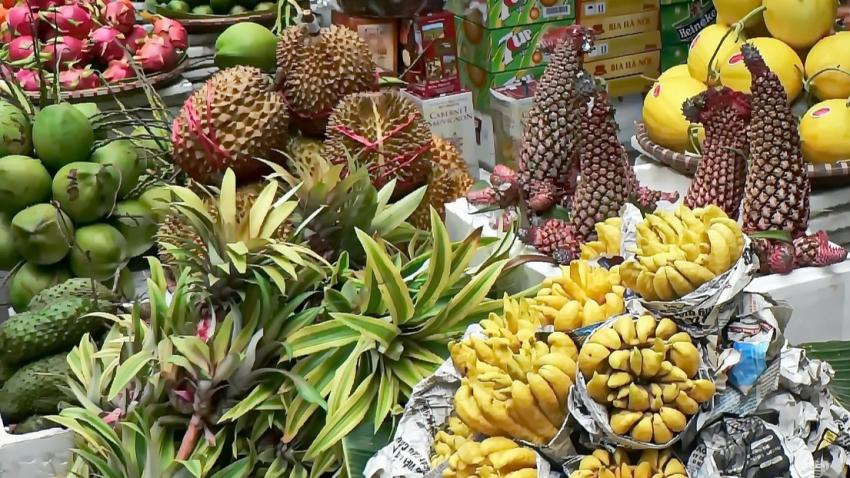
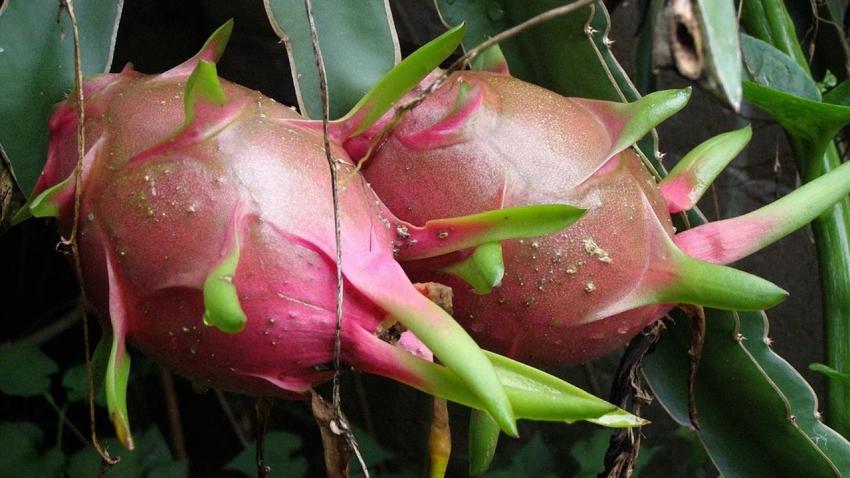







Add new comment